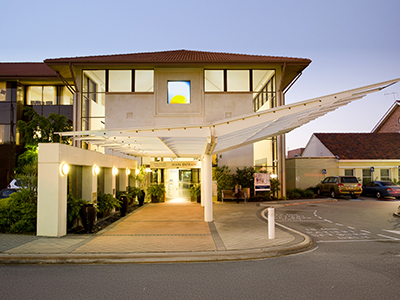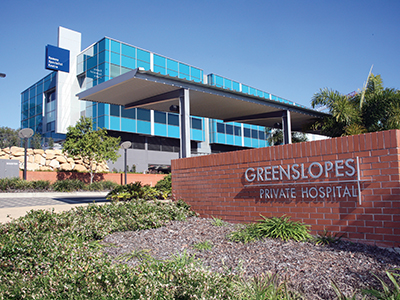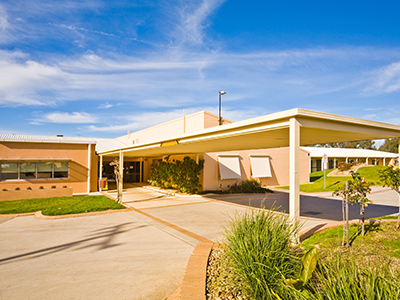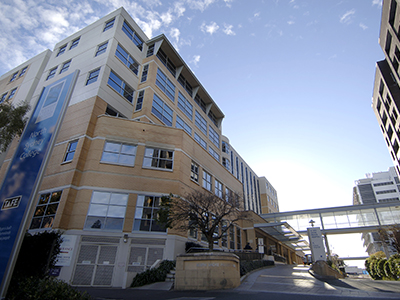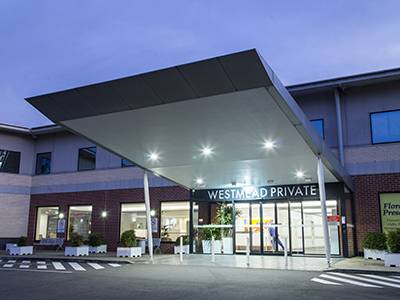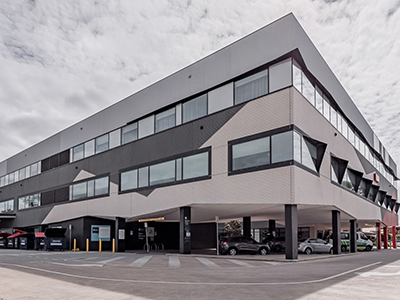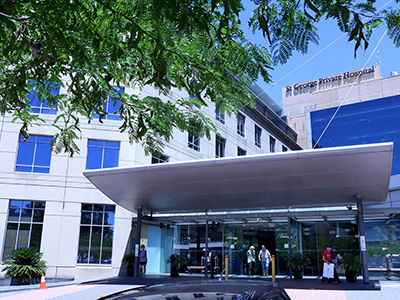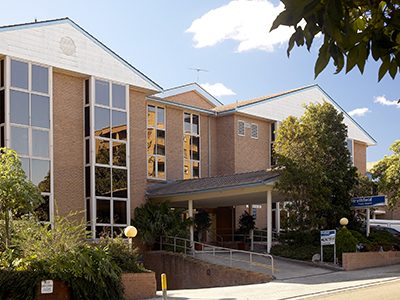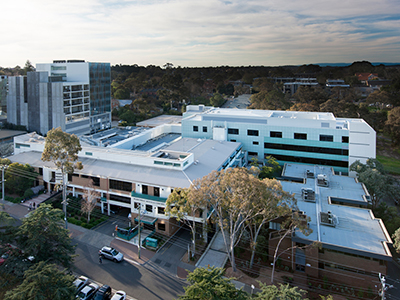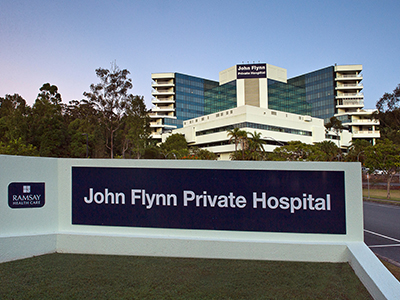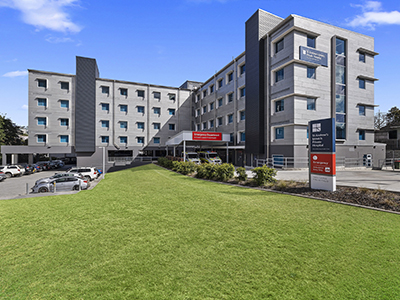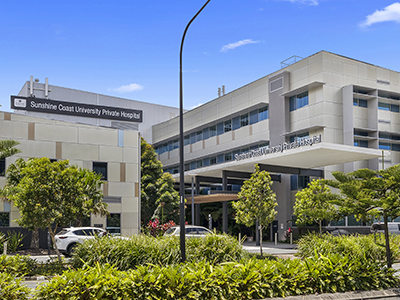Chest and lung (thoracic)
At Ramsay Health Care, multidisciplinarian teams of experts work side by side to offer world-class treatment and support for a range of chest and lung conditions.
Chest and lung health is part of thoracic care — a speciality that also includes other chest organs, such as the heart, esophagus, and trachea. Living with a thoracic condition can be challenging, but we are here to support you and your family.
Thoracic care is often delivered alongside cardiac care. At Ramsay, thoracic and cardiac specialists frequently work together, so you can find more of the services you need in one place
Services overview
Ramsay hospitals offer a broad range of thoracic services around Australia. Here is a guide to some of the most common. Click on the plus sign (+) on the right-hand side of any heading for more information.
Chest correction (Nuss and Ravitch procedures)
Chest correction refers to a surgical procedure used to correct a sunken or bulging sternum. This is often caused by cartilage abnormalities that are present from birth and can lead to breathing difficulties as a person grows up.
There are two types of chest correction surgery: the Nuss procedure and the Ravitch procedure.
In a Nuss procedure, a Nuss bar is implanted in the patient's chest, then bent into a preformed shape. The bar can stay inside the patient’s body for up to three years, giving their cartilage time to reshape.
In a Ravitch procedure, the surgeon reshapes the patient's chest by removing the affected cartilage on both sides of the sternum. They may also implant a thin metal plate to help support the patient's new, flatter chest.
Lobectomy
A lobectomy is performed to remove the diseased part of a lung (for example, in lung cancer). Each lung is divided into lobes (three in the right and two in the left). When appropriate, removing a diseased lobe can allow the remaining healthy lobes to expand and fill the space.
Thoracic sympathectomy
Thoracic sympathectomy is a minimally invasive procedure used to prevent excessive sweating in a person's hands and arms. It works by clamping or cutting the sympathetic nerve chain. The sympathetic nerve chain runs along the spine and sends signals from the brain to the hands and arms that cause them to perspire. Thoracic sympathectomy aims to stop or minimise sweating by blocking these signals.
Thoracotomy
Thoracotomy is the medical term for an incision made to access the chest cavity. It can be performed to reach any of the organs in the chest, including the heart, lungs and/or esophagus.
Thoracoscopy
Thoracoscopy is a minimally invasive video-assisted diagnostic procedure used to examine the lungs and the interior of the chest. Some surgical procedures, such as pleurodesis, lung biopsy and lung resection, can be performed using the same technique.
Video assisted thoracic surgery (VATS)
Video assisted thoracic surgery (also known as VATS) is a minimally invasive technique of performing chest surgery. It uses small incisions — usually four — and each one is typically less than an inch in length. In most cases, the surgery itself is performed through one incision, while the others are used as access points for a miniature camera that allows the surgeon to see.
Because it is less invasive, recovery from VATS is usually quicker and less painful than from a thoracotomy.
Ramsay Newsroom
Stay up-to-date with hospital news, developments, research highlights and innovation.
